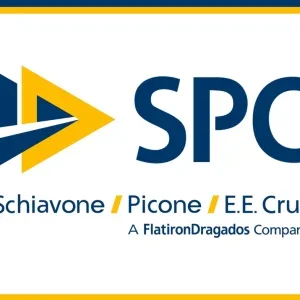A meeting in London on July 13 1999, organised by the British Tunnelling Society (BTS) , on Hand Arm Vibration Syndrome (HAVS), a debilitating disorder brought on by the excessive use of hand held vibrating machinery, was described by speaker Jack Knight of Haswell Consulting Engineers, as ‘another blank drawn’. This follows the November 1998 meeting in Kingston, UK, which was also described as inconclusive.
At the recent meeting, the opportunity was taken to unveil the results of an industry survey in a bid to influence the Health & Safety Executive (HSE) before its revision of the British Standard BS 6164 Safety in Tunnelling.
Recommendations following a study of the results presented by the speakers include the setting up of an executive committee including the HSE, British Tunnelling Society (BTS), Pipe Jacking Association (PJA), a machine manufacturer, contrac-or, client, consultant and a health advisor to discuss HAVS issues.
The speakers also called for a mandatory requirement for each tunnelling contract to have an occupational health advisor and health screening. The implement-ation of ‘time on tools/vibration level’ charts was suggested, with tool operators registered on a database. The use of a ‘passport’ system was also suggested, where possible exposure to HAVS could be effectively monitored.
Further research into HAVS was deemed necessary. An HSE spokesman described the meeting as ‘a chance before the revision of the standard for all concerned to place their cards on the table’. Little was said about the previously mentioned revisions; most people were left wondering if the HSE would take on board the findings of the survey.
On July 27, a BTS sub-committee met and discussed the issue. This resulted in the development of guideline proposal charts for the use of hand held vibrating machinery. These time/vibration charts will be included in a future issue of T&T International.







